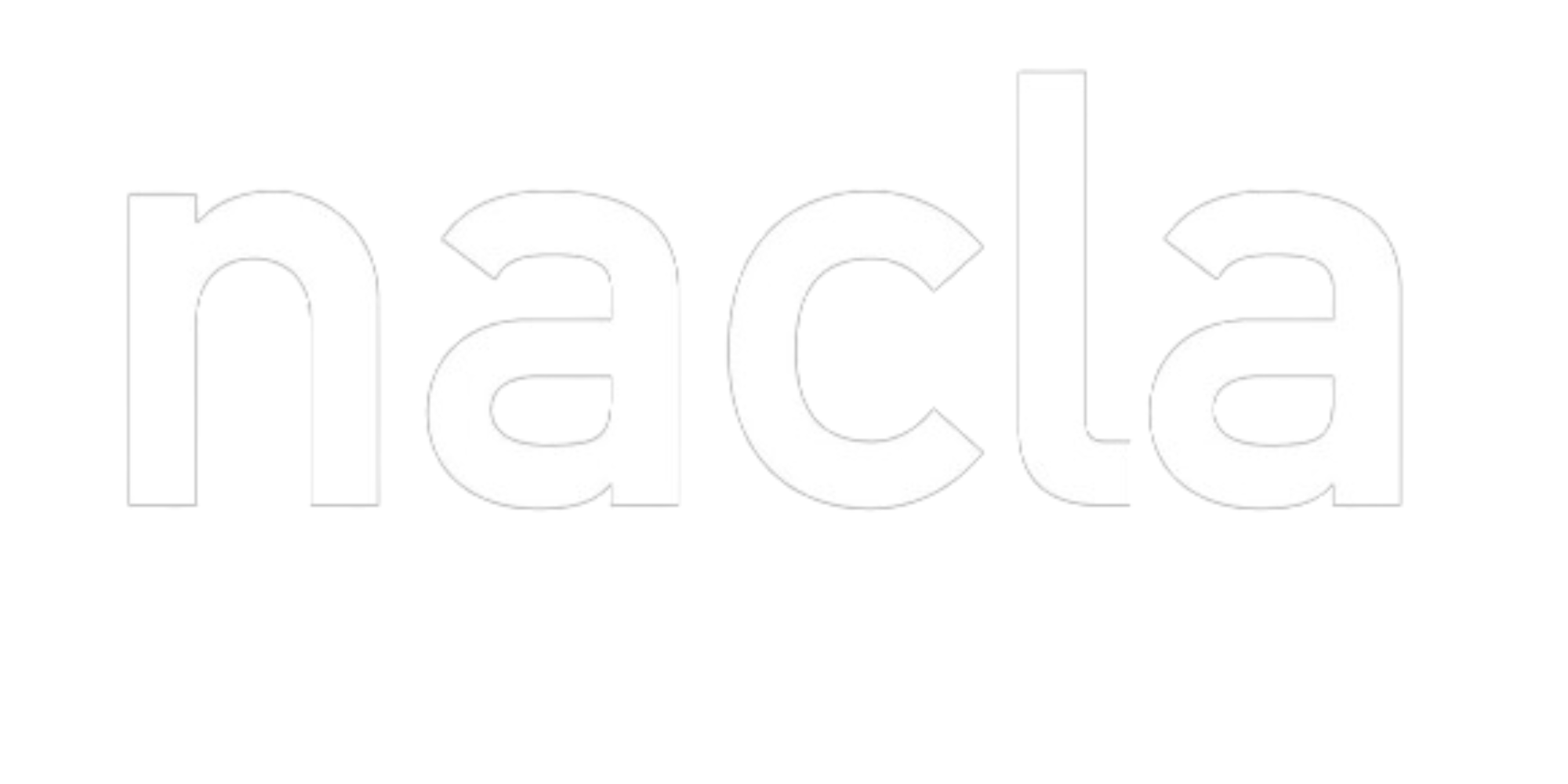The Socialist Option in Central
America: Two Reassessments by Shafik Jorge Handal and Carlos M. Vilas,
Monthly Review Press, 1993, 143 pp., $26.00 (cloth), $14.00 (paper).
The Left’s record over the 1980s
in Central America has been
decidedly mixed. With the 1991
electoral defeat of the Sandinistas,
the FMLN’s decision to lay down
their arms in a negotiated settle-
ment, and a protracted guerrilla
war in Guatemala, progressives
have been forced to rethink their
objectives and methods. This vol-
ume is part of that reassessment
process.
In a free-ranging 1991 interview
with Marxist scholar Marta
Harnecker, FMLN leader Shafik
Handal ruminates about Marxist-
Leninist theory, Soviet socialism,
and the question of what shape
socialism might take in El
Salvador. The date of the inter-
view-before the collapse of the
Soviet bloc and a year before the
Salvadoran peace settlement-pre-
sents advantages and disadvan-
tages. Handal’s remarks reveal the
intellectual premises behind some
recent, seemingly inscrutable
FMLN policies. For instance, he
discusses the need to permit cer-
tain capitalist forms of organiza-
tion in a transition period-which
might explain, in part, the FMLN’s
current half-hearted opposition to
neoliberal economics. At other
times, Handal’s comments and
current events seem at odds.
Handal stresses that the Left must
eschew verticalism, yet the FMLN
has floundered on this very point.
In the second half of the book,
Carlos Vilas, the social scientist at
UNAM, weighs the Left’s failures
and achievements over the last
decade. While he argues that fun-
damental change in the relations
of power did not occur in Central
America, he says that the experi-
ence of collective participation
will not be easily forgotten. He
also credits the Left for the mod-
est social and political reforms
that have been implemented.
Unfinished Conquest: The
Guatemalan Tragedy by Victor Perera, University of California Press, 1993, 382 pp., $27.00 (cloth).
Guatemalan-born writer Victor
Perera returned to his country to
visit some of the indigenous com-
munities most devastated by the
violence of the late 1970s and
early 1980s. In this absorbing
account-part journalistic narra-
tive, part personal memoir, and
part ethnographic history-Perera
tells the story of a people scarred
by the tragedy and the divisions
wrought by a brutal war.
Never touching down in one
place for long, Perera paints in a
few bold brushstrokes some vivid
portraits-among them, the super-
cilious comandante who intones
about the worldwide Communist
conspiracy and the flaws of Latin
American literature, the well-
intentioned Maya mayor of Cotzal
corrupted by the perks of office,
and the unassuming Oklahoman
priest of Santiago Atitlin-mar-
tyred by the military in 1981-
whose heart and a peanut-butter
jar full of his blood are buried in
the church sanctuary.
Perera sifts through the wrench-
ing, sometimes contradictory
accounts of the civil war in these
remote villages, trying through the
haze of memory and the distor-
tions engendered by fear to get a
handle on the extent of the tragedy
and assess culpability. It is an
ambitious task. “In the Ixil Tri-
angle, as elsewhere in Guatemala,”
Perera says, “the most credible
testimony may be distorted by the
imperatives of survival.” He
doesn’t succeed in pinning down
reliable numbers, but he does
come away with an evocative, at
times chilling portrait of contem-
porary Guatemala.

